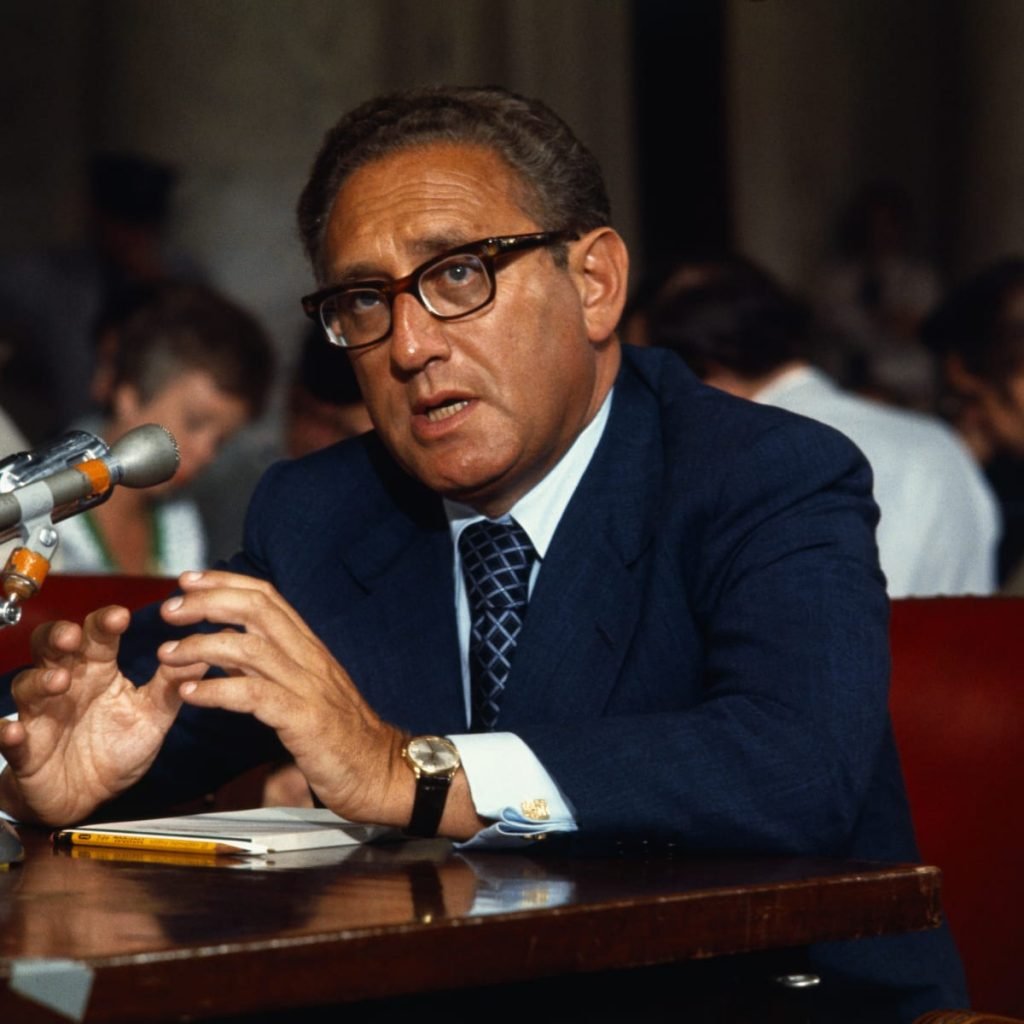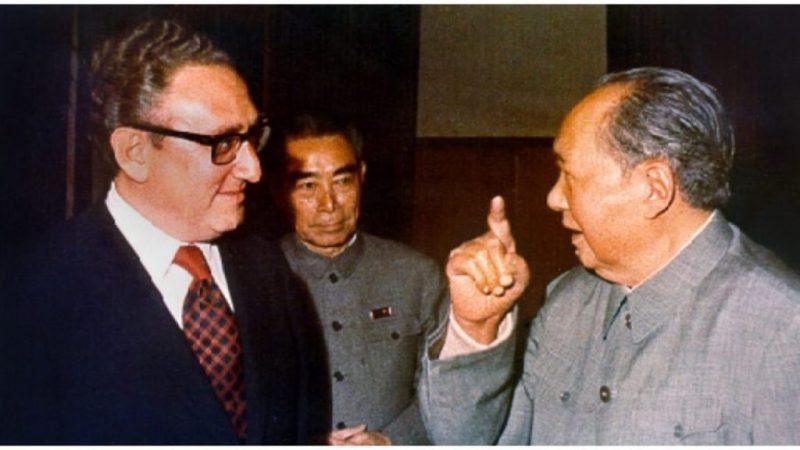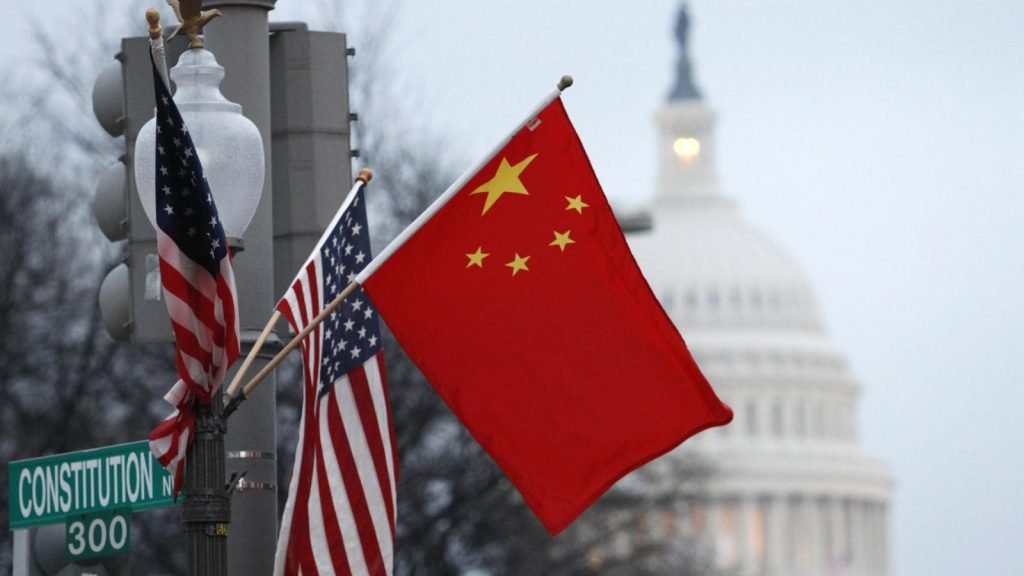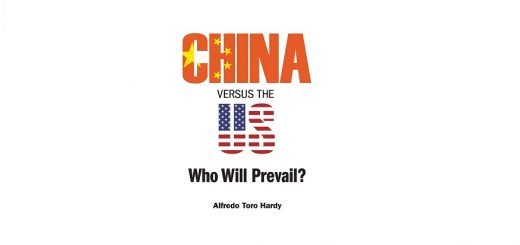Book Review: Henry A. Kissinger — On China

Henry Kissinger, apart from being a notable Secretary of State and an awardee of the Nobel Peace Prize, is also a great author who has surmised an eventful history of China in a 500-page book, ‘On China’. The book, holistically, covers the history of China and author’s experience while dealing with China as the US Secretary of State. From exploitation of China by imperialist powers to the rise of Mao Zedong, the author explains historical reasons behind China’s international approach. Thus, while elucidating the history, author successfully makes the reader aware of the role of narratives in international relations. The book covers Chinese domestic and foreign policy from Qing dynasty to Hu Jintao’s presidential tenure. American role comes from introduction to Open Door Policy until the first tenure of President Barack Obama.
Henry Kissinger has a certain way to begin chapters in the book. He starts the sub-topics with an abstract statement; for instance, he opens the book by writing, “Societies and nations tend to think of themselves as eternal.” and later explains how this statement subtly surmises Chinese historical narrative and how this is still a relevant explanation to Chinese nationalism. This writing style is followed throughout the book, whether talking about Chinese involvement in Korean war or American foreign policy being subject to changing governments.

The author, while covering the crucial events, does not only scrap the surface but goes even deeper. The differences between Mao Zedong and Stalin, which might look constructivist to the naked eye, are provided with realist explanations as well. To make these explanations and narration more interesting, the author includes famous aphorisms on China. For instance, he uses Zhou Enlai’s aphorisms, “separate kitchen” and “sweep the house clean before inviting guests”. This makes the reading more intriguing and gives the reader much freedom to interpret.
Without squandering pages on Asia, Europe and Africa, the author concentrates on China-US relations. This makes the book pierce sharper into the subject rather than being all over the place.
The author gives the book a climax by writing, “Can China and the US develop strategic trust?”. This climax is extraordinary because this question is relevant even ten years after the book was published. This question will also make the readers understand their interpretation of China-US relations better, from the perspective of different theories in international relations. Thus, giving readers enough scope to navigate and conclude the book through their independent understanding, after they have enough knowledge of all the relevant events.

If the readers have a presumption that the book might be weighed with an American point of view throughout the rhetoric, it is not. Although the presence of an American narrative can be felt at some instances, such as when the author does not give as much attention to American role in Open Door policy as to other countries’ role like Japan and Russia; and when he writes that Chinese progress was not possible without American assistance and America provided it despite initial rejection of the idea, by the Chinese leaders, that the US will win cold war. The readers will find an explanation behind every American move but the same cannot be said about China. Seldom though, but the author has just described Chinese actions and not the intentions behind them. But ultimately, narrative is what gives the text its uniqueness.
The language of the book is lucid thus there is no prerequisite, anyone without any prior knowledge about China can read it too. The author goes as per the timeline and explains the evolution of US-China relations, chronologically. Not only the readers will learn the international outlook of China but will also understand how China’s international commitments are subject to its domestic politics.

The book is certainly ahead of its time; however, it was published in 2011 and a lot of water has flown under the bridge since then. Readers acquainted with academic reads might think of this one as less meticulous, yet the book provides some essential information that only a Secretary of State can give, for instance, there are some oral messages that were exchanged between the presidents of two countries through Henry Kissinger himself and many intergovernmental negotiations that he was a part of. Therefore, such firsthand knowledge makes this book stand out from the shelf. This very nature of the book makes it a read for a larger audience and not just international relations scholars.
If I were to rate this book out of 5, I would give 4. This is because the author, despite his outstanding experience and knowledge, was not very generous in providing the readers with information on scenes and conversations behind the curtains. About US-China relations which is more than what meets the eye, I think he knew more than he wrote.


















